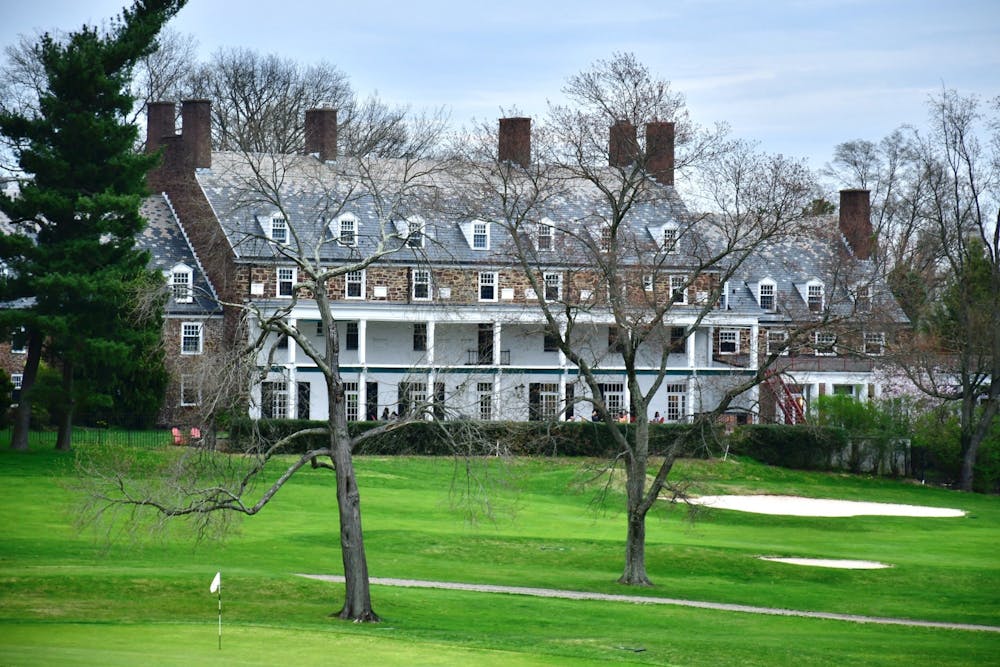Earlier this week, Anna Wolcke lamented the upcoming closure of the Pink House food-share. Indeed, the loss of the Pink House as we know it will be a true tragedy. I recall spending many hours there baking, cooking, and brunching with friends. Even as an underclass student, I felt welcome within the house’s walls, a part of a community focused on sustainable living that I hadn’t been able to find elsewhere on campus.
Ironically enough, the need to create more community — specifically, residential college community — is the driving factor behind Pink House’s closure and the University’s broader refusal to establish more co-ops. This seems entirely backwards — why shut down an existing and thriving community, like Pink House, in the name of creating a different community?
The answers lie in an obscure document most undergraduates don’t know exists: a 2016 report on the findings of the Task Force on the Residential College Model, which came out of the University’s most recent strategic planning process.
What did this task force conclude? Certainly not that additional co-ops on campus would help to diversify affordable eating options and communities available to upperclass students. Certainly not that more co-ops should be added in response to the expected growth in the student body over the coming years, even when over 300 students are already waiting for entry into five co-ops, which can handle only a fraction of this demand. In fact, co-ops, despite being a popular alternative to eating clubs, are not mentioned once in the 25 pages of the report. Instead, the task force members found that residential colleges should be expanded to include more upperclass students by making all six current colleges four-year, not just two-year.
As part of this grand plan to expand the residential colleges, Pink House as a food-share had to go. Next year, Pink House will be just another set of upperclass student dorms to give Forbes the space to become a four-year college. In doing so, the house will be incorporated into the Forbes “community.” I myself am a member of Forbes, yet I can confidently say that the idea of a residential college creating community is entirely a myth. This is because residential college assignments to incoming freshmen are entirely random; while this creates a diverse mix of students, the whole concept behind a community is that there should be commonalities among the residents.
This is why different eating clubs have their stereotypes, from Ivy’s international students to Tower’s pre-law students. Co-ops, too, build community based on commonality, specifically a desire to prepare food with intention.
All that is “common” about a residential college, however, is the free food and gear that the college council flings at us. But the University should realize that one can’t just “buy” community with t-shirts and Broadway trips. Community occurs organically and should be given room to thrive on its own, not forcible structure through the residential college system. I personally have found my strongest communities in my extracurriculars like the Princeton Student Climate Initiative or Princeton Birding Society and in my new eating club, Quad. Never have I turned to Forbes; in fact, most of my close friends don’t even live in Forbes.
Princeton is trying to turn the residential college model into something more than it is. The administration is comparing it to systems such as Harvard’s House system, where students live for their last three years of college and which alumni use to identify each other. At Harvard, “What House were you in?” is often the first question out of alumni’s mouths, according to an alumnus I know. Yet, Princeton is not Harvard. Ask any alum at Reunions where they found community, and the most likely response will be their eating club.

Princeton must not respond to the need for more “community” by converting more co-ops into residential college living. Upperclass students are tired of being in the dining halls after two years of being forced to use a meal plan. As Wolcke pointed out, co-ops can be orders of magnitude cheaper and can produce food that fits the dietary restrictions of its members much better. Two Dickinson, for example, is entirely vegetarian, and Pink House was mostly vegan; meanwhile, the dining halls consistently fail to have adequate vegetarian or vegan options.
The solution is more, not less — more co-ops and diverse communities, instead of fewer residential colleges with their standardized, homogeneous atmospheres. Other universities have been able to successfully do this. Stanford is a good example, hosting a range of eating options from co-ops to Greek life to self-ops, where a community of students with a common vision hire a chef. If the University actually had a sense of awareness of how community worked on this campus, they would act by adding more co-ops, not taking them away and forcing a false residential college system on us.
Claire Wayner is a sophomore from Baltimore, Md., majoring in civil and environmental engineering. She can be reached at cwayner@princeton.edu.









